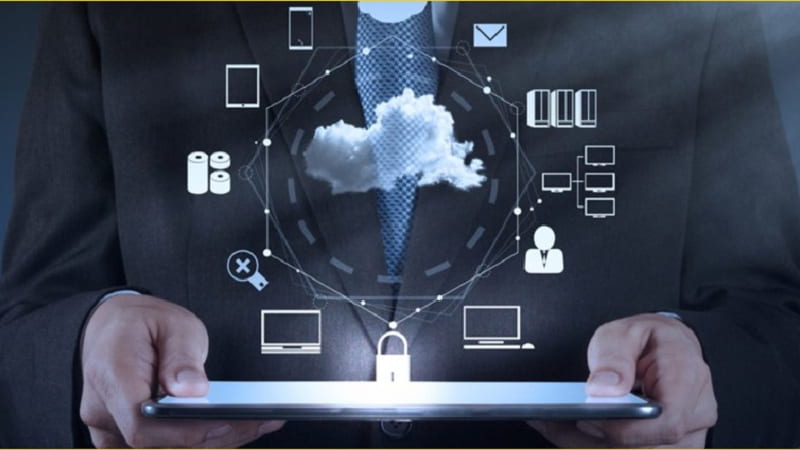Data is the building block of any business organisation. Breach of data or loss of data can affect your business and affect the reputation of your company. Data protection services help in protecting your business data. This makes it essential to understand the key concepts behind data privacy and data protection. These two terms are interconnected, and each complements the other. They are often confused and misinterpreted by business owners. Continue reading to know about the unique differences between data privacy and data security.
Data Privacy Vs Data Protection
Data protection is nothing but protecting your data from unauthorised access, whereas data
privacy is defining the access of your data. Data privacy is the proper handling of data and the right storage. Data protection is a technical term, and data privacy is a legal aspect. Data privacy can be ensured only when proper data protection technology is employed. A data is no longer private once it is stolen.
It is to be noted that one cannot ensure the other. Thus both must go hand in hand for a proper control mechanism. Data protection is taken care of by organisations. They are responsible for providing the proper data protection to their business data. Users manage data privacy. They provide the control rights for the use of data.
Businesses must focus on data protection to protect their data from hackers. Data privacy concentrates mainly on those who can access your data.
Also Read This : Cybersecurity Attacks, Their Repercussions, And Solutions
Ways To Provide Data Protection
Backup Your Data: This is the best way of protecting your data in case of data loss. Always
store a copy of your data in another place or a cloud platform. This can help to restore your data in case of accidental loss.
Protect From Malware and Ransomware Attacks: Protect your data from various attacks like ransomware, malware etc. Make use of anti-malware or anti-virus protection to prevent the threat of
Encrypt Sensitive Data: Provide a greater level of protection to business-critical data. Make use of effective encryption techniques to encrypt the data. This prevents the compromise of sensitive data by unauthorised users.
Install updates: Protect your operating system and software by installing the updates. This can keep your system safe from cyber attacks.
Ways To Ensure Data Privacy
Data privacy is all about providing authorised access to your data. It is setting the access levels of your business data. The following helps in ensuring the data privacy of an organisation.
Set up Proper Authentication: Implement a proper authentication mechanism when accessing critical data. This can avoid unauthorised access to data.
Go For Strong Passwords: Make use of strong passwords that cannot be hacked easily.
Change Your Passwords: Change the password regularly to ensure data privacy.
The above gives a clear picture of data protection and data privacy.



